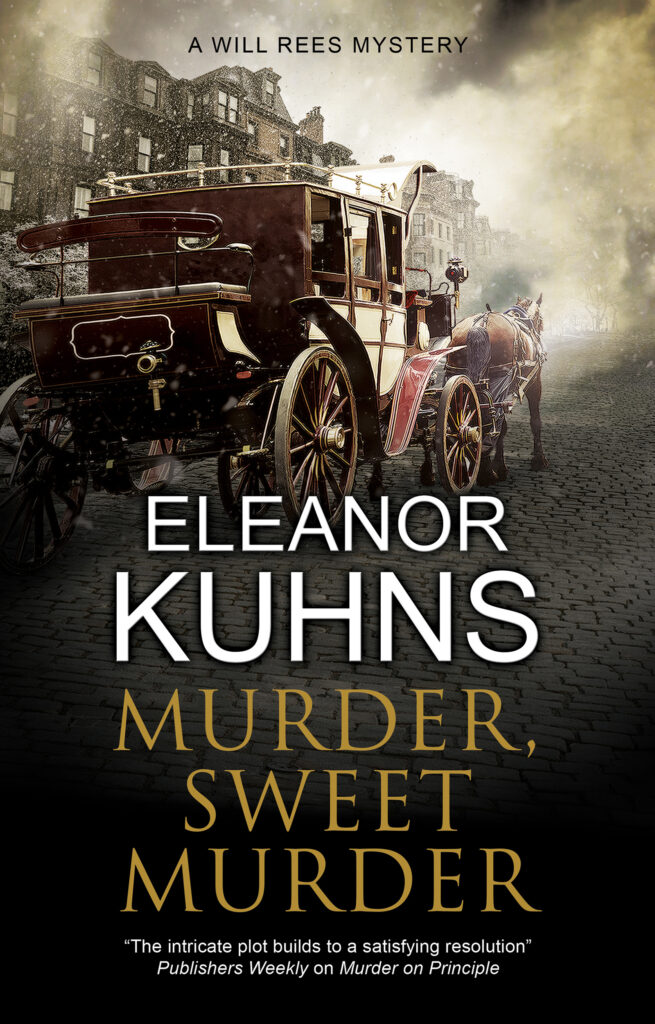Inequality is not a new phenomenon. Through most of human history, recorded history for sure, most of the resources have been coopted by the few. One of the few times in history when there was a big shake up was during the Black Death. Entire villages were wiped out. Crops rotted in the fields. With such a diminished labor pool, surviving serfs were able to negotiate better wages and working conditions for themselves.
However, change usually comes about through some cataclysm or continuous revolts.
In the United States, most of the founding fathers were wealthy and quite a few were plantation owners with slaves. (George Washington, Thomas Jefferson, e.g.) Although Will Rees, of the Will Rees mysteries is not poor, he and his family do struggle a bit to make ends meet. Besides farming, Rees takes his loom and weaves for farmwives for a bit of ‘cash money’. Lydia sells her eggs and cheese at market.
Rees comes face to face with the difference in wealth in Murder, Sweet Murder. Lydia receives a frantic letter from her sister begging her to come to Boston. Their father, Marcus Farrell, has been accused of murder. Although Lydia is reluctant, she has been estranged from her father for years, he is still her father. She and Rees, along with the baby and daughter Jerusha, head off to Boston.

Although Rees knew Lydia came from money, he is shocked by the wealth of the Farrell family. The large house is stocked with servants, they own several vehicles including a carriage with a matched foursome, and apparently money is no object.
The Farrells also look down upon Rees for his more humble life. He grew up on a poor farm and certainly does not make enough for servants.
But Marcus Farrell is enmeshed in the Triangle Trade. He owns sugar plantations in the Caribbean as well as a distillery in Boston and a fleet of ships to transport slaves from Africa.
Marcus Farrell, it seems, is morally bankrupt. The question is, is he also a murderer?


